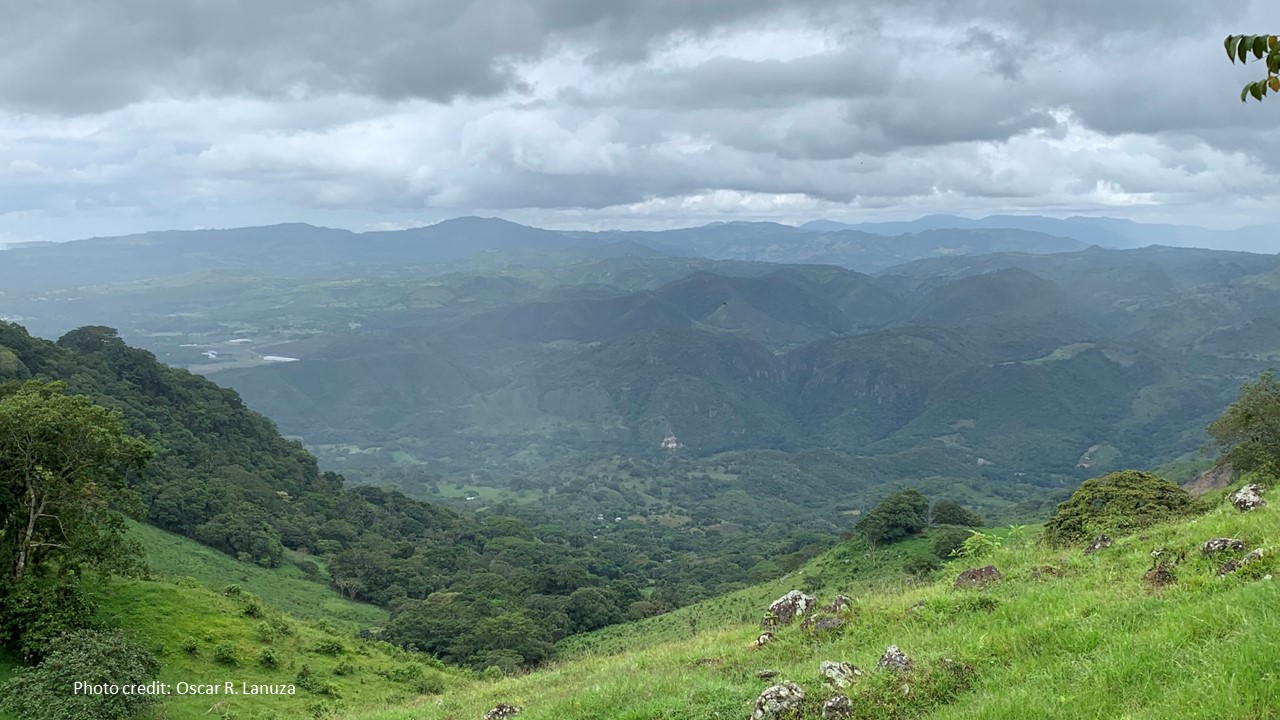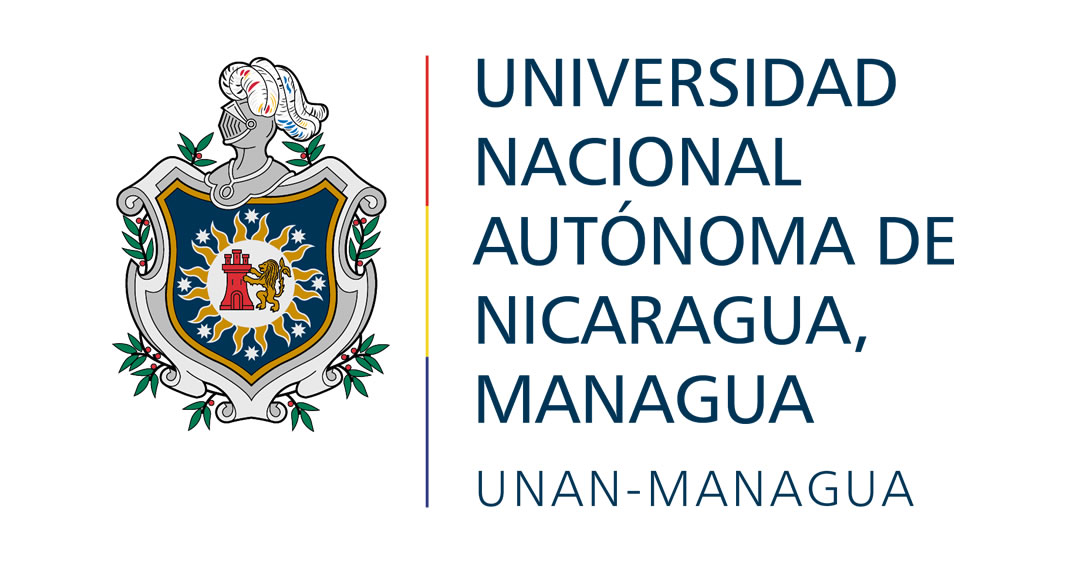
16 Jan Conservation of the diverse forests of Nicaragua
Fostering local community engagement with the protection, conservation and restoration of the diverse forests of Nicaragua
Partner: Universidad Nacional Autónoma de Nicaragua
Years: 2022-2024
This project aims at reinforcing the engagement of local communities in the protection and restoration of the diverse forest types present in Miraflor-Moropotente in Nicaragua and more specifically at establishing a set of long-term forest restoration plots that will be supplied by a network of local community-driven plant nurseries. Ten threatened tree species will be included in the planting mix used in their ecological restoration efforts.

Mixed oak-pine forest in El Sontule (Miraflor, Nicaragua)
The forests of Nicaragua support a unique and extremely rich biodiversity including many endemic and threatened tree species. The high human pressure in the whole country, however, has resulted in a high degree of forest fragmentation thus jeopardizing its natural regeneration capacity, which is further exacerbated by poor management decisions that severely degrade soil fertility after forest clearing for agricultural purposes. The Miraflor-Moropotente Natural Reserve is a flagship protected area of North Nicaragua that perfectly illustrates these detrimental dynamics unfortunately. To combat further fragmentation, the project aims at reinforcing the engagement of local communities in the protection and restoration of the diverse forest types present in Miraflor-Moropotente. Ten threatened tree species will be included in the planting mix used in ecological restoration efforts. More specifically, the project will establish a set of long-term forest restoration plots that will be supplied by a network of local community-driven plant nurseries. Additionally, it will assess the conservation status and the natural regeneration potential of the different forest types present in the area with a particular focus on fourteen threatened tree species. And finally, following a participatory scheme, the project will build long-term commitment on forest conservation through the establishment of a forest monitoring program led by local dwellers and focused on the assessment of the population viability of selected threatened tree species.




